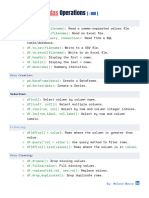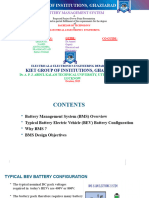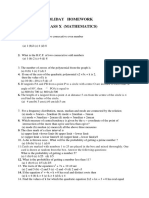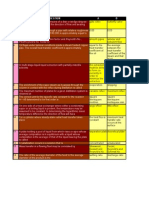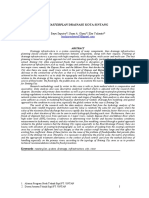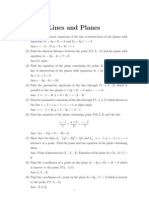0% found this document useful (0 votes)
45 views4 pagesPandas Basics Guide
The document is a beginner's guide to the Pandas library in Python, covering data manipulation and analysis with key data structures like Series and DataFrame. It includes steps for installation, creating data structures, reading data from files, exploring datasets, selecting and filtering data, and handling missing values. Additionally, it touches on optional topics such as grouping, applying functions, merging DataFrames, creating pivot tables, and exporting data.
Uploaded by
mayurgbari52076Copyright
© © All Rights Reserved
We take content rights seriously. If you suspect this is your content, claim it here.
Available Formats
Download as DOCX, PDF, TXT or read online on Scribd
0% found this document useful (0 votes)
45 views4 pagesPandas Basics Guide
The document is a beginner's guide to the Pandas library in Python, covering data manipulation and analysis with key data structures like Series and DataFrame. It includes steps for installation, creating data structures, reading data from files, exploring datasets, selecting and filtering data, and handling missing values. Additionally, it touches on optional topics such as grouping, applying functions, merging DataFrames, creating pivot tables, and exporting data.
Uploaded by
mayurgbari52076Copyright
© © All Rights Reserved
We take content rights seriously. If you suspect this is your content, claim it here.
Available Formats
Download as DOCX, PDF, TXT or read online on Scribd
/ 4














